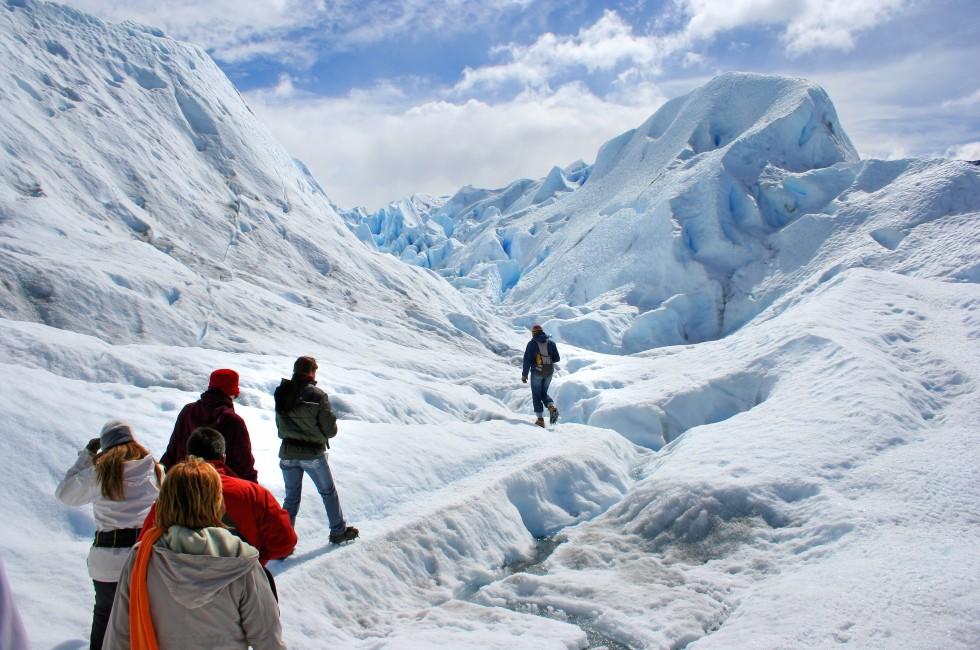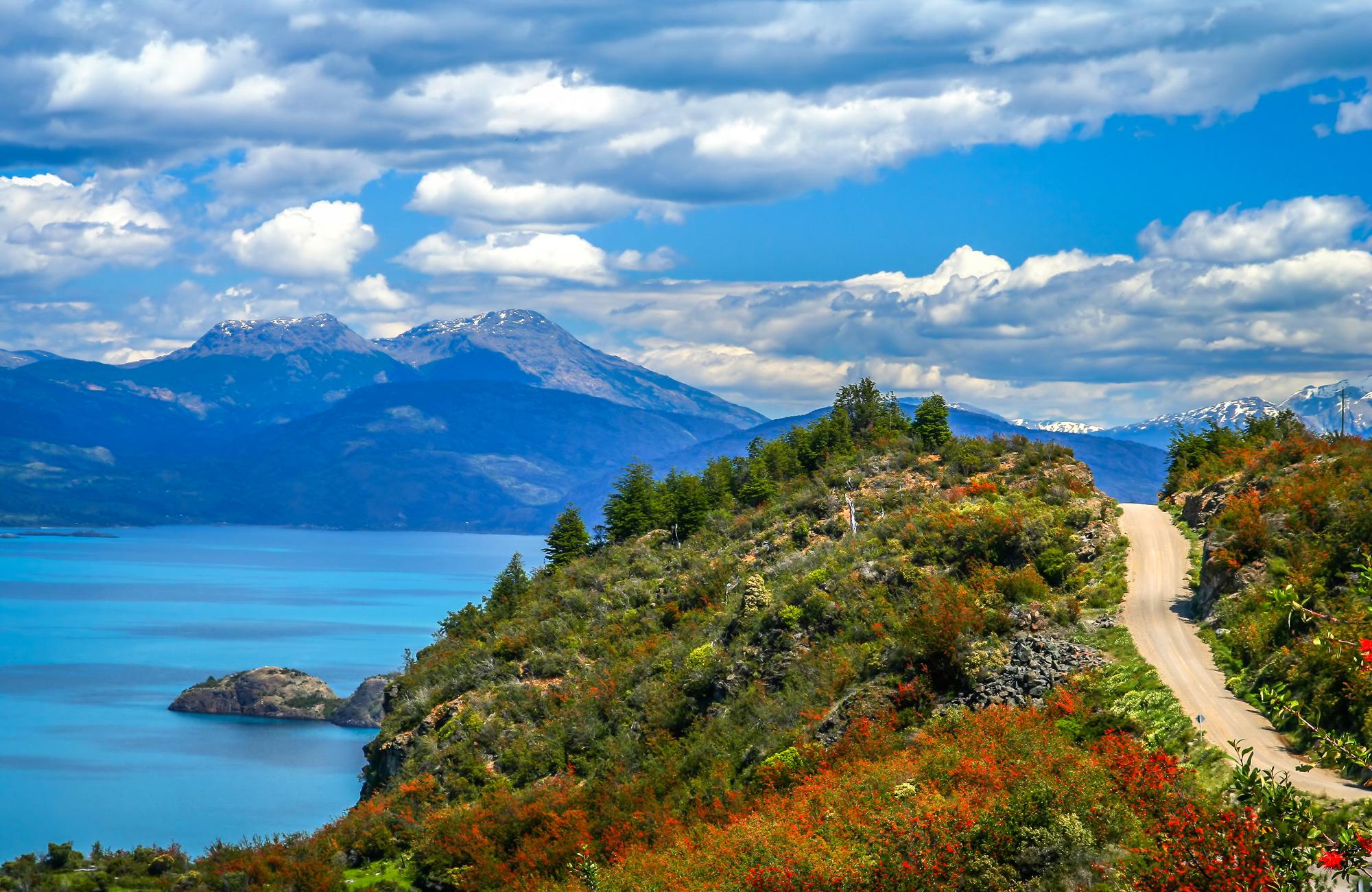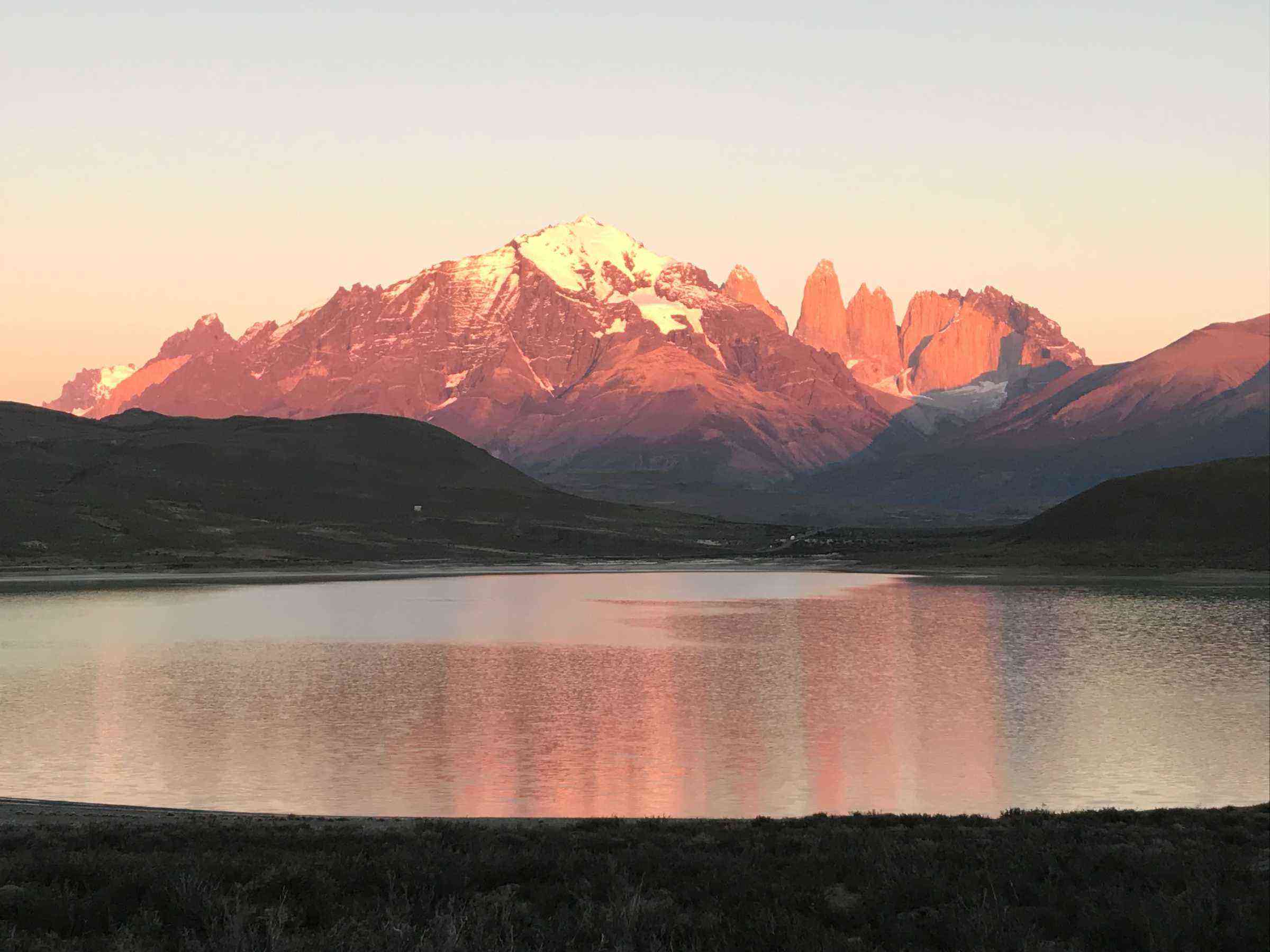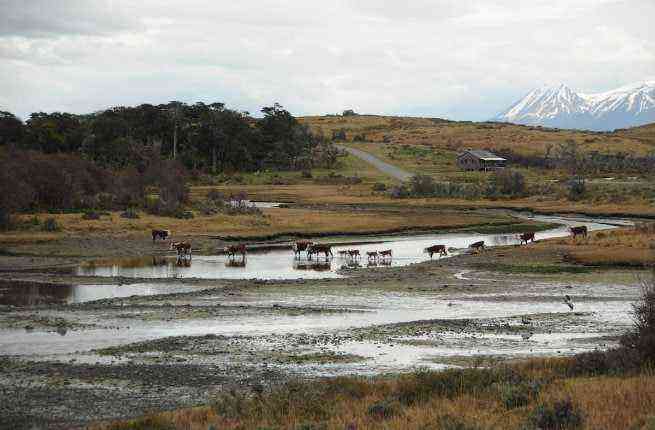Patagonia
Patagonia
Patagonia is a wild and rugged land filled with breathtaking landscapes and eye-catching wildlife. There are few other places in the world where you can feel such a great isolation and vast emptiness and yet see waters teeming with wildlife; visit gauchos living on windswept estancias; and get so close to ancient glaciers that you can actually walk inside these ice cathedrals. Spanning over a million square kilometers Patagonia has many worlds to discover.
Atlantic Patagonia is where the low pampas meet the ocean. It's a land of immense panoramic horizons and a coastline of bays, inlets, and peninsulas abounding with birds and marine wildlife. The region is most famous for Península Valdés, a UNESCO Natural World Heritage Site with southern right whales, orcas, elephant seals, and...
Read MorePatagonia is a wild and rugged land filled with breathtaking landscapes and eye-catching wildlife. There are few other places in the world where you can feel such a great isolation and vast emptiness and yet see waters teeming with wildlife; visit gauchos living on windswept estancias; and get so close to ancient glaciers that you can actually walk inside these ice cathedrals. Spanning over a million square kilometers Patagonia has many worlds to discover.
Atlantic Patagonia is where the low pampas meet the ocean. It's a land of immense panoramic horizons and a coastline of bays, inlets, and peninsulas abounding with birds and marine wildlife. The region is most famous for Península Valdés, a UNESCO Natural World Heritage Site with southern right whales, orcas, elephant seals, and sea lions. There are seemingly endless dirt roads where you won't see another person or vehicle for hours—only guanacos, rheas, and other animals running across the steppe.
Farther south and inland to the Andes, the towns of El Calafate and El Chaltén come alive in summer (December through March) with the influx of visitors to the Parque Nacional los Glaciares, and climbers headed for Cerro Torre and Cerro Fitzroy. Imagine sailing across a blue lake full of icebergs, or traversing an advancing glacier in the shadow of the Andes mountain range, watching a valley being formed before your eyes. The Perito Moreno glacier attracts tourists continuously to this region.
Experiencing Patagonia, however, still means crossing vast deserts to reach isolated population centers, taking deep breaths of mountain air and draughts of pure stream water in the shadow of dramatic snowcapped peaks. Most of all, it means being embraced by independent, pioneering souls beginning to understand the importance of tourism as traditional industries—wool, livestock, fishing, and oil—are drying up.
Patagonia is a hybrid of the cultures of primarily European immigrants, who came here in the 19th century, and the cultures of the indigenous peoples, mainly the Tehuelche and Mapuche. The native Tehuelches fished and hunted the coast and pampas, and their spears and arrowheads are still found along riverbeds and beaches, although sadly that is all that remains today after General Roca's four-year genocidal 'Conquest of the Desert' campaign (1879 – 83).
The first Spanish explorer, Hernando Magallanes, arrived in Golfo Nuevo in 1516, and was followed by several other Spanish expeditions throughout the 17th and 18th centuries. Inland, a Welsh pioneer named Henry Jones explored the Chubut River valley in 1814, he was later followed by waves of Welsh immigrants that forged colonies in Gaiman, Trelew, Rawson, and Puerto Madryn. Beginning in the mid-19th century the Argentine government courted settlers from all over Europe, including Italy, Spain, and Germany, as well as Boers from South Africa, offering land as a strategy for displacing indigenous populations and fortifying the young nation against neighboring Chile. These settlers adapted their agrarian traditions to the Patagonian terrain and continued their cultural traditions and cuisine, such as Welsh tea, still found throughout Patagonia today.
Recommended Fodor’s Video
Hotels
Things to Do
Things to Do
Explore Things to Do
Find the perfect tours and activities in Patagonia.
Where to Eat
Where to Eat
Need to Know
Need to Know
Language
SpanishNearby Airports
CRD, RELElectrical Outlets
220v/50 cycle; plugs are either standard European with 2 round prongs or standard Australian with two or three-angled flat prongsCurrency
PesoLanguage
SpanishElectrical Outlets
220v/50 cycle; plugs are either standard European with 2 round prongs or standard Australian with two or three-angled flat prongsCurrency
PesoNearby Airports
CRD, RELWhen to Go
Late September to March—spring and summer in the Southern Hemisphere—is high season in Patagonia. Reservations are advised, especially in September...Read More
Neighborhood Guides
Discover the best neighborhoods in Patagonia with curated recommendations from our editors.
essentials
transportation
resources
When to Go
Late September to March—spring and summer in the Southern Hemisphere—is high season in Patagonia. Reservations are advised, especially in September...Read More
Neighborhood Guides
Discover the best neighborhoods in Patagonia with curated recommendations from our editors.
When to Go
Late September to March—spring and summer in the Southern Hemisphere—is high season in Patagonia. Reservations are advised, especially in September...Read More
Neighborhood Guides
Discover the best neighborhoods in Patagonia with curated recommendations from our editors.
essentials
transportation
resources
Articles
Articles See All
Guidebooks
Guidebooks
Our worldwide travel correspondents bring you the best and most up-to-date coverage of over 7,500 global destinations.
Shop NowFodor's Essential Argentina: with the Wine Country, Uruguay & Chilean Patagonia
Whether you want to dance the tango in Buenos Aires, sip wine in Mendoza, or explore the...













